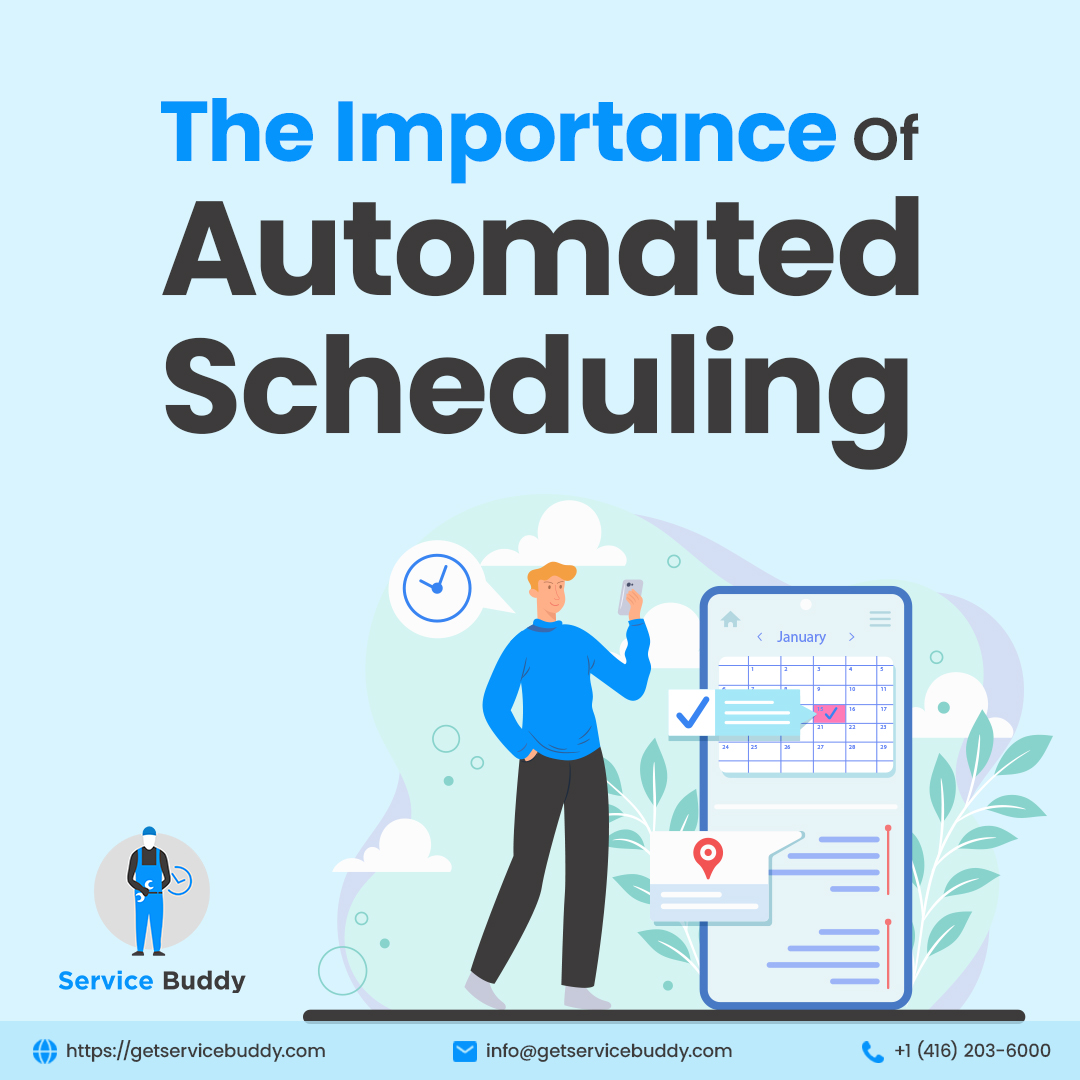
The Importance of Automated Scheduling for Reducing Downtime in Field Service Management
It’s a familiar scenario for any field service technician – you’re in the middle of a routine maintenance check when you get a frantic call about an emergency repair. Quickly, you have to rearrange your entire schedule, juggling customer expectations and rushing to put out the metaphorical fire. This type of scenario used to be the norm, but a growing number of field service companies are finding a solution: automated scheduling.
“Automated scheduling with field service management software has been a total game-changer for us,” says John Williams, operations manager at ABC Field Services. “It streamlined our workflows, optimized how we use our technicians and allowed us to be so much more responsive to changing demands.”
The Limitations of Manual Scheduling
For years, field service companies and individuals have relied on old-school, manual scheduling methods – post-it notes, Excel spreadsheets, whiteboards covered in scribbles. While these tactics may have worked in simpler times, they quickly break down as operations scale up.
“With manual scheduling, it’s really hard to account for all the variables – last-minute changes, traffic, technician skills, and locations,” explains Emma Cho, a field service consultant. “You end up with suboptimal resource utilization, technicians crisscrossing all over the place, and a lot of frustrated customers waiting for service.”
These inefficiencies can quickly add up, resulting in unnecessary downtime, lost productivity, and a tarnished reputation. Field service is all about delivering swift, reliable support, and even the best technicians can’t overcome the limitations of an overburdened schedule.
The Power of Automated Scheduling
Enter automated scheduling solutions – field service software platforms like Service Buddy that leverage advanced algorithms and real-time data analysis to transform field service operations. By integrating with a company’s existing workflows and systems, these tools can streamline everything from technician dispatching to preventive maintenance planning.
“Automated scheduling has allowed us to be so much more proactive,” says Williams. “We can analyze historical data, spot patterns, and actually get ahead of potential issues before they cause downtime. And the improvements in resource utilization – we’re saving thousands on fuel and travel time every month.”
This software also enables far greater responsiveness to changing conditions. If a technician gets rerouted to an emergency, the system can instantly re-optimize the schedule, minimizing disruptions for other customers. And with integrated GPS tracking and mobile apps, technicians always know where they need to be and what’s coming up next.
The Role of AI and Machine Learning
Underpinning these capabilities is the powerful combination of artificial intelligence (AI) and machine learning. By ingesting massive amounts of data – past service calls, equipment performance, traffic patterns, and more – these technologies can identify trends and make intelligent predictions to drive scheduling decisions.
“The predictive analytics are really where the magic happens,” explains Cho. “AI can spot anomalies, forecast potential issues, and recommend the optimal courses of action. It’s not just about optimizing the schedule – it’s about anticipating problems before they even occur.”
This kind of prescience is invaluable in field service, where a single unplanned outage can ripple through an entire customer base. With AI, companies can be proactive rather than reactive, deploying the right technicians at the right times to keep operations running smoothly.
The Human Touch
Of course, automated scheduling is not a silver bullet. While the technology does the heavy lifting, it still requires thoughtful human oversight and customization to match a company’s unique needs and culture.
“You can have the most advanced AI in the world, but if it’s not aligned with your processes and your people, it won’t work,” cautions Williams. “We spent a lot of time fine-tuning our system, getting buy-in from the technicians, and ensuring everything integrated seamlessly.”
Ultimately, the goal of automated scheduling is not to replace human expertise, but to empower field service professionals to do their jobs more effectively. By handling the logistical heavy-lifting, it frees up technicians to focus on what they do best – providing exceptional customer service and keeping operations running smoothly.
As field service continues to evolve, those companies that embrace the power of automated scheduling or field service management software like Service Buddy will be well-positioned to outpace the competition. It’s a transformation that may happen behind the scenes, but the benefits will be visible to every customer served.


Recent Comments